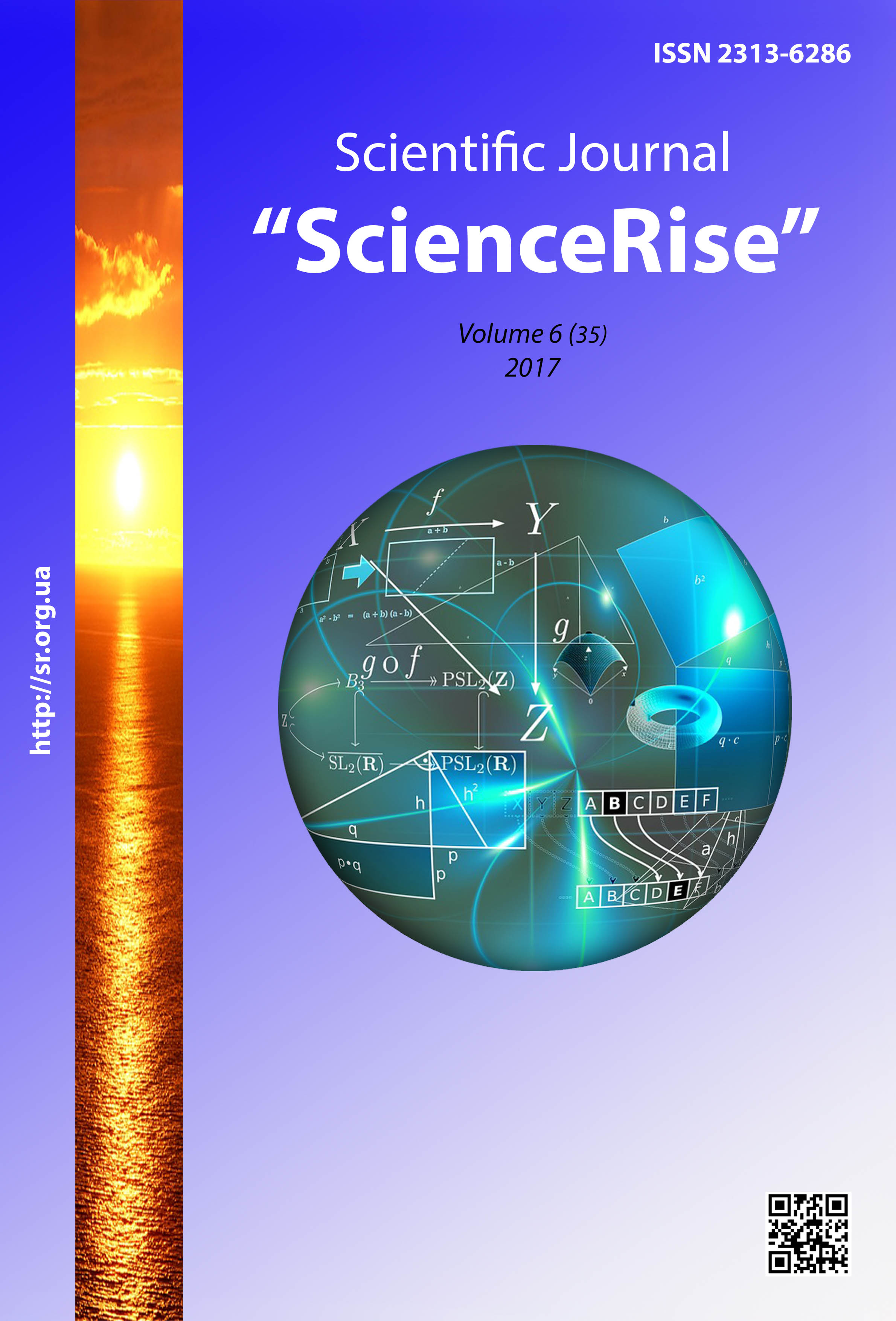Исследование многофункциональных вокзальных комплексов как новый тип транспортной инфраструктуры в Украине
DOI:
https://doi.org/10.15587/2313-8416.2017.104742Ключові слова:
многофункциональный вокзальный узел, транспортная инфраструктура, типология, классификация, архитектурно-планировочная организацияАнотація
В исследовании отображено существующее состояние транспортной инфраструктуры в Украине, а так же пути дальнейшего развития. Определена типология, классификация и функциональная структура зданий железнодорожных вокзалов. В качестве информационных источников для анализа опыта и предпосылок были привлечены материалы научных статей, монографий, электронных носителей, освещающих различные аспекты исследуемой проблемы. Анализ предпосылок, информационных источников, отечественного и зарубежного опыта строительства и реконструкции вокзалов позволил сформулировать требования к их архитектурно - планировочной организации
Посилання
Posobie po proektirovaniyu vokzalov (k SNiP II-85-80) (1987). CNIIP gradostroitel'stva. Moscow: Stroyizdat, 13.
Rekomendacii po proektirovaniyu vokzalov (1997). Minstroy Rossii, CNIIP gradostroitel'stva. Moscow: GUP CPP, 60.
Rekomendacii po proektirovaniyu obshchestvenno-transportnyh centrov (uzlov) v krupnyh gorodah (1997). Moscow: CNIIP gradostroitel'stva, 35.
Golubev, G. E., Andzhelini, G. M., Modorov, A. F. (1967). Sovremennye vokzaly zheleznodorozhnogo rechnogo morskogo avtomobil'nogo i vozdushnogo transporta. Moscow: Stroyizdat, 207.
Batyrev, V. M. (1988). Vokzaly. Moscow: Stroyizdat, 214.
Vas'kin, A. A., Nazarenko, Yu. M. (2006). Chemodan. Vokzal. Moskva. Chego my ne znaem o devyati moskovskih vokzalah. Moscow: Kompaniya Sputnik, 214.
Zaharov, V. R. (2005). Formirovanie mnogofunkcional'noy sistemy obsluzhivaniya passazhirov v sovmeshchennyh vokzal'nyh kompleksah. GOU VPO gos. universitet upravleniya. Moscow, 161.
Vasil'ev, E. V., Shchetinin, N. N. (1967). Arhitektura zheleznodorozhnyh vokzalov. Moscow: Stroyizdat, 276.
Golubev, G. E. (1981). Mnogourovnevye transportnye uzly. Moscow: Stroyizdat, 152.
Gol'c, G. A. Transport i rasselenie (1981). Moscow: Nauka, 248.
Maksimenko, N. V. (1968). Obedinennye obshchestvenno-transportnye kompleksy. Moscow: CNTI po grazhdanskomu stroitel'stvu i arhitekture, 80.
Pravdin, N. P., Ryabuha, L. S., Lukashev, V. I. (1990). Tekhnologiya raboty vokzalov i passazhirskih stanciy. Moscow: Transport, 246.
Hayrullina, Yu. S. (2012). Istoricheskiy obzor otechestvennogo opyta formirovaniya gorodskih uzlovyh obektov zheleznodorozhnoy infrastruktury. Arhitekton: izvestiya vuzov, 40, 108–118. Available at: http://archvuz.ru/2012_4/12
Murunov, A. Yu. (2003). Novye tendencii v proektirovanii sovremennyh vokzal'nyh kompleksov. Strategicheskoe gorodskoe i regional'noe planirovanie. Samara: Samarskaya gos. arh.-stroit. akad., 118–122.
##submission.downloads##
Опубліковано
Номер
Розділ
Ліцензія
Авторське право (c) 2017 Valeria Dzhiovani, Valery Pavlovich

Ця робота ліцензується відповідно до Creative Commons Attribution 4.0 International License.
Наше видання використовує положення про авторські права Creative Commons CC BY для журналів відкритого доступу.
Автори, які публікуються у цьому журналі, погоджуються з наступними умовами:
1. Автори залишають за собою право на авторство своєї роботи та передають журналу право першої публікації цієї роботи на умовах ліцензії Creative Commons CC BY, котра дозволяє іншим особам вільно розповсюджувати опубліковану роботу з обов'язковим посиланням на авторів оригінальної роботи та першу публікацію роботи у цьому журналі.
2. Автори мають право укладати самостійні додаткові угоди щодо неексклюзивного розповсюдження роботи у тому вигляді, в якому вона була опублікована цим журналом (наприклад, розміщувати роботу в електронному сховищі установи або публікувати у складі монографії), за умови збереження посилання на першу публікацію роботи у цьому журналі.

